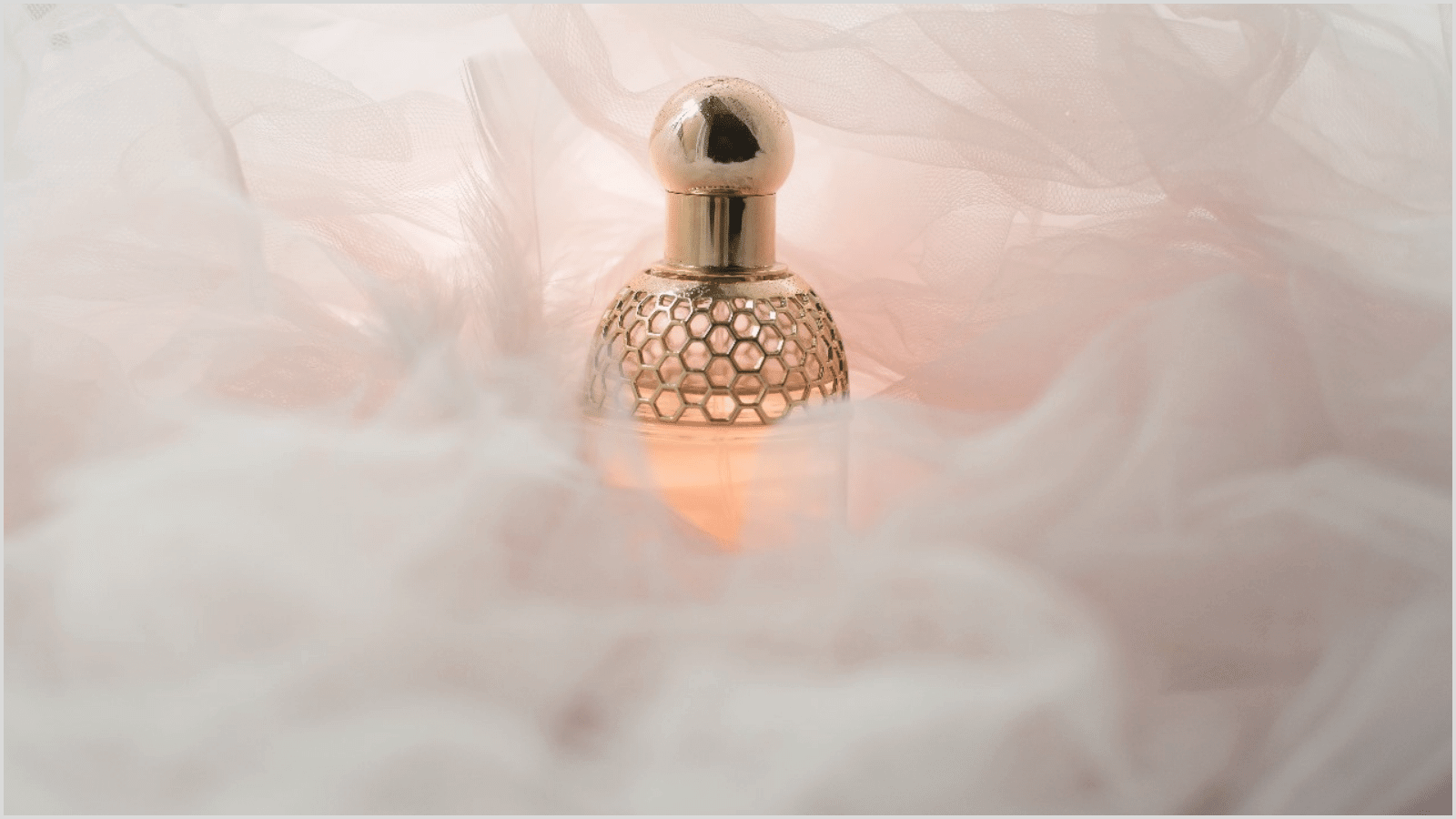In this post, we will embark on a sensory journey through the art of crafting exceptional fragrances. From the ancient beginnings to modern-day innovations, we will explore the meticulous techniques and carefully selected ingredients that go into creating the alluring scents that captivate our senses.
Perfumery, as an art form, has a rich history that spans across cultures and centuries. It played a significant role in various civilizations. Ancient Egyptians used aromatic oils for religious rituals. In the 17th century, perfumes symbolized wealth and status in the opulent French courts.
The art of perfumery has evolved dramatically over time. It blends traditional practices with modern science to create an enchanting sensory experience.
At its core, fragrance is alluring because it can evoke emotions and memories, and even transport us to different places.
Behind every bottle of perfume lies a fascinating story of craftsmanship. Perfumers meticulously blend a symphony of scents to create a unique olfactory masterpiece.
By delving into the world of perfumery, we can appreciate the complexity and craftsmanship required to bring these captivating scents to life.
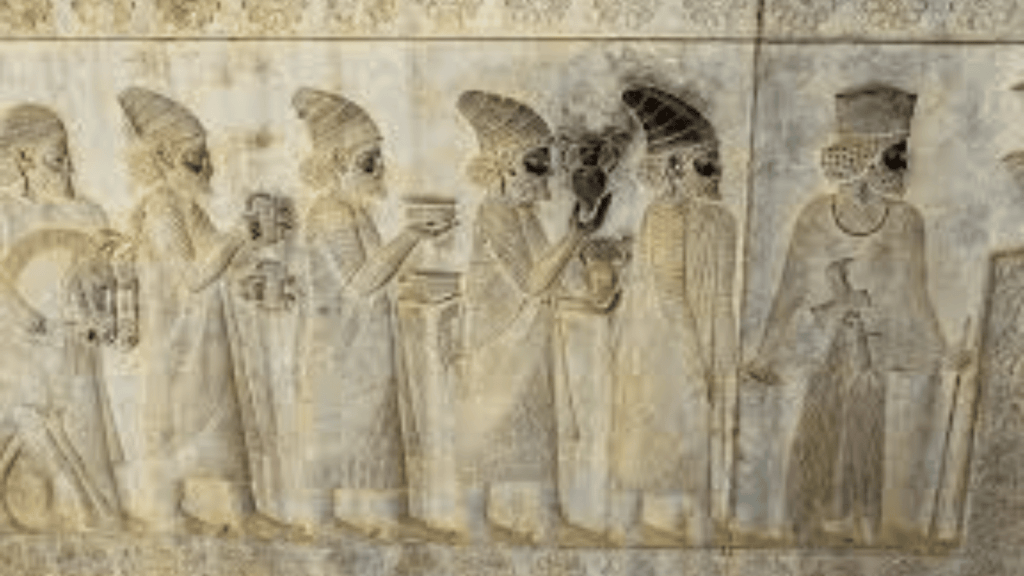
The Origins of Perfumery: Tracing the Ancient Roots of Fragrance Creation
Perfumery is the art of creating fragrances. Ancient civilizations traced back a rich and fascinating history to it.
Perfume played a significant role in the cultures of the ancient Egyptians. It also played a significant role in the cultures of the Greeks and Romans. They associated deeper meanings with creating and using it.
Studying the earliest evidence of perfumery can give us insights into the cultural importance and rituals associated with these enchanting fragrances.
Ancient Egypt: The Birthplace of Perfumery
Ancient Egypt is often called the birthplace of perfumery. It holds a prominent position in the history of fragrance creation.
The Egyptians believed that scents had the power to connect the human spirit with the divine. Thus, perfume held great religious significance.
People used perfumes in various rituals and ceremonies. They offered them to the gods and used them in the embalming process.
They extracted fragrant oils from flowers, herbs, and resins skillfully. They created unique and exotic blends that were highly treasured.
Moving westward, ancient Greece embraced perfume as an integral part of their society. Both men and women saw perfumes as symbols of luxury and wore them.
Greece and Rome: Perfume as a Symbol of Luxury and Status
As the influence of ancient Greece and Rome spread across the world, so did the popularity of perfume. In these cultures, perfume became a symbol of luxury and status. Greek mythology also played a role in perfume usage.
The Greeks were famous for their elaborate perfumed oils. They used them not only for personal grooming but also for social events. They even used them at athletic competitions.
The Romans took inspiration from the Greeks. They expanded upon their perfumery techniques.
Both men and women used perfumed oils extensively in their daily lives. They also used perfumed oils in religious ceremonies. They used them to showcase wealth and social standing.
The Different Types of Fragrance: Unveiling the Notes That Make Up a Perfume
Fragrances and notes in perfume can help us appreciate the artistry and complexity behind these creations. Exploring different types of fragrances and the notes that compose them can help us better understand and admire the craftsmanship and intricacy of these beautiful creations.
In this post, we will examine the three main fragrance categories. We will also explore popular types of perfumes and their characteristic scents.
Understanding perfume composition involves breaking down the three main fragrance categories. They are top, middle, and base notes.
The top notes are the initial scents detected upon application. They usually last for a short time. They are often light and refreshing, with citrus, fruity, or herbal scents.
The middle notes, also known as the heart notes, emerge once the top notes have evaporated. These scents are more complex and long-lasting. They often include floral, spicy, or woody notes.
Finally, the base notes are the foundation of the fragrance. They provide depth and longevity. Common base notes include musk, vanilla, and amber. Various types of perfumes are popular today. Each has its unique characteristic scents.
For example, floral perfumes are often associated with femininity. They feature a bouquet of floral notes such as rose, jasmine, and lavender. These scents are classic and timeless. They appeal to those who enjoy a delicate, romantic aroma.
Oriental perfumes are bold and exotic. They often feature warm and spicy notes, like cinnamon, vanilla, and patchouli. They evoke a sense of mystery and sensuality.
Fresh perfumes are light and invigorating. They often include citrus or green notes to create a clean and uplifting scent.
Perfume has held cultural significance throughout history. Ancient civilizations used it for various rituals and ceremonies.
From Flower to Bottle: The Journey of a Perfume Ingredient
The world of perfumery is a captivating blend of art and science. Delicate fragrances are created from an array of natural botanicals.
A meticulous process extracts and transforms botanicals into precious perfume ingredients. This process creates an exquisite scent.
Now we will delve into the intricate journey of a perfume ingredient. We will detail the techniques used in the fragrance industry.
The Art of Distillation
Distillation is an age-old technique. It is used to extract essential oils from various plant materials. It involves carefully heating botanicals in water. This separates volatile compounds.
This process is crucial for capturing the essence of delicate flowers. It is especially important for flowers like roses and jasmine.
The vaporized compounds are then condensed and collected. They form the plant’s highly concentrated fragrance.
Distillation preserves the fragrance and removes impurities. This results in a pure and potent perfume ingredient.
Maceration
Another technique used in perfumery is maceration. This process involves immersing botanical materials in a solvent. Typically, people use a high-quality alcohol or oil.
Over time, the fragrance molecules naturally infuse into the solvent. This creates an aromatic extract. Maceration allows for the extraction of fragrances. Distillation cannot easily obtain these fragrances.
Furthermore, it provides perfumers with greater control over the final scent profile. You can adjust the duration of maceration. This helps you achieve the desired intensity and character.
Other techniques in the fragrance industry include distillation and maceration. They are cornerstones of the perfume ingredient extraction process. The fragrance industry also uses various other techniques. Cold pressing is one such technique.
The Role of Synthetics
Perfumes have been a part of human culture for centuries. They can evoke emotions and leave a lasting impression. The introduction of synthetic fragrance molecules has revolutionized what once relied on natural ingredients.
These laboratory-created compounds have had a significant impact on the world of perfumery. The development of synthetic fragrances has opened up a world of possibilities for perfumers. They allow for greater creativity, consistency, and accessibility.
The demand for perfumes has increased as our global population continues to grow.
Natural ingredients, such as flowers and spices, cannot meet this demand. This is where synthetic fragrance molecules come into play.
Perfumers now can create complex scents that were before unattainable. They use laboratory techniques that mimic the aromas found in nature.
Scientists have become adept at understanding the chemical makeup of natural scents. They can replicate them in the lab.
By analyzing the volatile compounds responsible for a particular smell, they can identify the key components. Then, they can recreate them synthetically.This process involves synthesizing aroma molecules. Then they are blended to form unique fragrance compositions.
The Craftsmanship of Perfume Creation
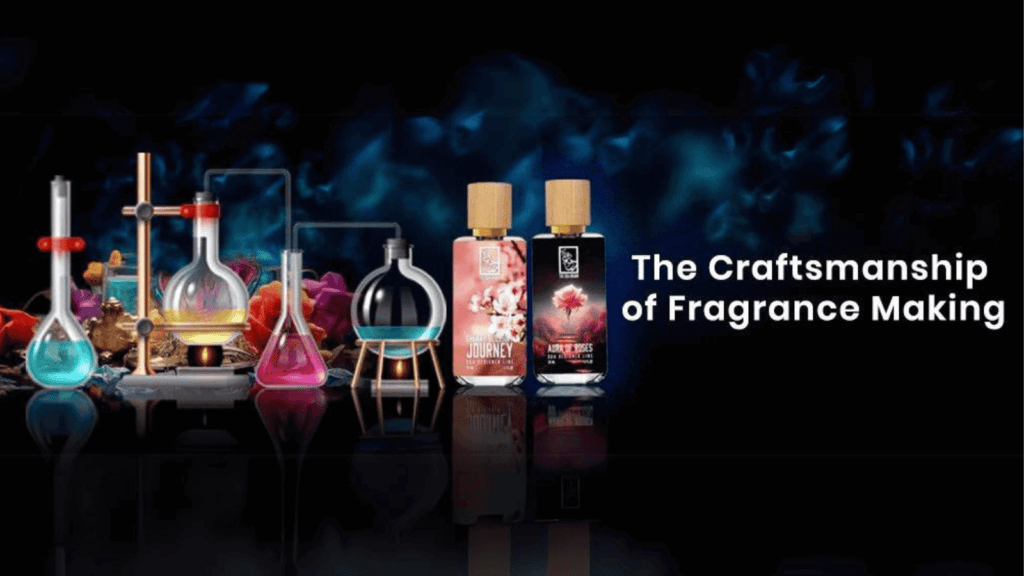
Creating perfume is an art. It requires delicacy, precision, immense skill, and knowledge. The perfumer is at the forefront of this craft. They are a master of scent. They meticulously construct fragrances to captivate our senses.
The role of a perfumer goes far beyond simply mixing ingredients. It involves a deep understanding of scent chemistry, plus inherent creativity and artistry.
To construct a fragrance, a perfumer must first seek inspiration. This can come from a variety of sources, such as nature, memories, or even emotions.
Once the inspiration is found, the perfumer begins the intricate process. They select and blend many ingredients. This will create the final scent.
Each ingredient plays a crucial role. They must be carefully considered and measured to ensure the desired outcome.
Becoming a perfumer is not a task for the faint-hearted. It takes years of training and experience to grasp the complexities of scent. It takes years of training and experience to develop expertise.
Perfumery Through the Ages: Iconic Fragrances That Have Defined Their Eras
Perfumes have been an integral part of human culture for centuries. They represent personal style and evoke memories. Over time, certain fragrances have emerged as iconic. They define their respective eras and leave an indelible mark on the world of perfumery.
Let’s delve into the enchanting world of iconic fragrances. We’ll examine their cultural influences and trends, from classic to contemporary.
Classic Elegance: Chanel No. 5
One cannot discuss iconic fragrances without mentioning Chanel No. 5. Coco Chanel created this fragrance in 1921. It revolutionized the industry with a unique blend of floral and aldehydic notes. Its introduction marked a departure from the heavy, single-note perfumes of the time.
Chanel No. 5 was inspired by the cultural shift. Women were becoming more independent and liberated. 5 became a symbol of sophistication and timeless elegance.
The Roaring Twenties: Guerlain Shalimar
During the 1920s, social and cultural changes were sweeping the world. Perfumes reflected this spirited era. Guerlain Shalimar, launched in 1925, encapsulated the vibrancy of the decade.
The love story between an Indian emperor and his wife inspired Shalimar. It boasted an exotic blend of citrus, vanilla, and amber. It created a sensual and seductive aroma. Shalimar has an Art Deco-influenced bottle and lavish ingredients.
The Smoky Jazz Age: Jean Patou Joy
The world emerged from the devastating effects of World War II. A new era of opulence and experiential living took hold.
Jean Patou Joy, introduced in 1930, represented the indulgence and glamour of this era. Known for its extravagant use of jasmine and Bulgarian rose.
The Art of Perfume Packaging
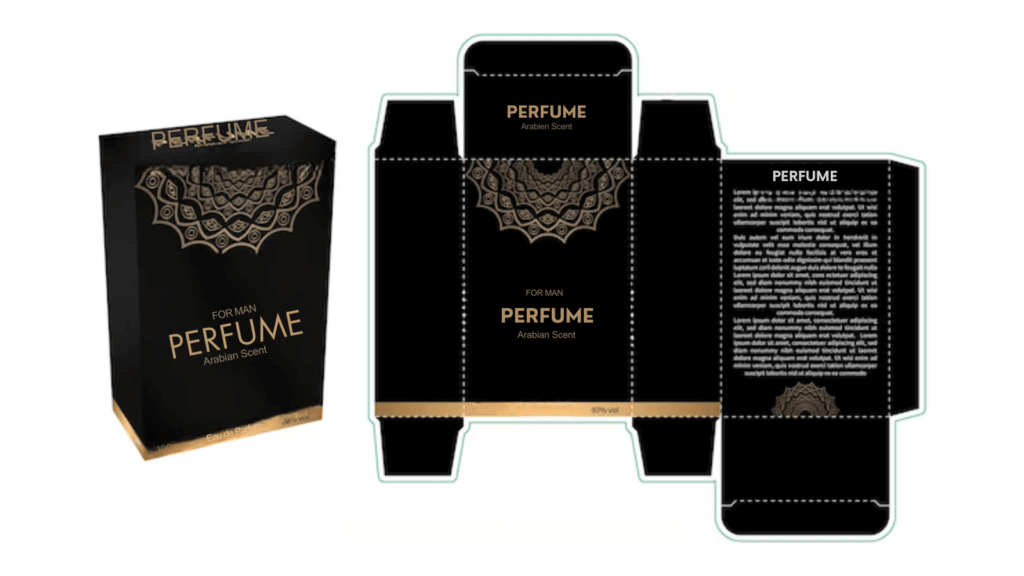
The packaging of perfumes plays a significant role in this industry. It’s a crucial aspect. The packaging serves as the first impression for potential customers. It influences their purchasing decisions.
It is not a container to house the fragrance. It is an art form that enhances the olfactory experience.
Packaging in the perfume industry is of utmost importance. It is the consumer’s first point of contact. It is the outer shell that encapsulates the essence and story of the fragrance within.
The appearance of the packaging can make or break a sale. The design must be unique and appealing to draw in the potential buyer. It must entice and captivate them.
The packaging design must align with the brand image. It must also convey the intended message and create a sense of desirability.
Innovative and pleasing perfume packaging designs are crucial in a competitive market. One example of such innovation is the use of unconventional materials in packaging.
Brands are experimenting with unique materials like glass, crystal, or even ceramic. They aim to create stunning packaging that reflects.
The Science of Fragrance
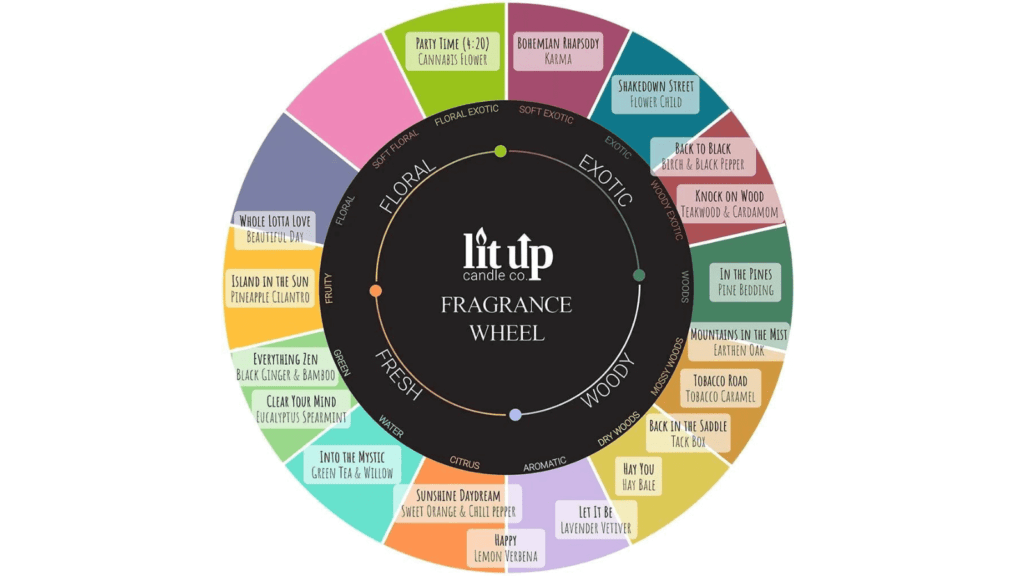
Our sense of smell is a fascinating and complex system that plays a crucial role in our day-to-day lives. Fragrances trigger memories and influence our emotions. They have a powerful effect on our well-being.
But have you ever wondered how perfumes interact with our sense of smell? Let’s explore the intricate workings of our olfactory system. We’ll dive into the science behind scent perception.
When we smell something, millions of olfactory receptors in our nose detect odor molecules in the air.
These receptors send signals to our brain. They send signals to the olfactory bulb. The limbic system is the name of this part of the brain. Emotions, memory, and behavior are associated with it.
The connection between scent and emotion makes fragrances powerful. They can evoke certain feelings or memories.
I need you to explain the concept of fragrance families. Also, describe the role they play in creating unique perfume experiences.
Perfumers often use fragrance families to categorize scents. They do this based on their dominant characteristics and ingredients.
They help us understand the different olfactory profiles of perfumes. They also help us navigate the vast world of fragrance options.
Four main categories can classify fragrance families: Floral, Oriental, Woody, and Fresh. Each category has its sub-families.
Each scent family has distinctive characteristics. When choosing personal fragrances, individuals often prefer one scent over another.
Fragrance Families
As humans, we have an innate connection to the world of scents and fragrances. The way a particular scent can evoke memories or evoke emotions is remarkable.
Every fragrance you encounter belongs to a specific fragrance family. Each family has its defining characteristics.
Now we will explore the various fragrance families and their unique characteristics. This will provide you with a better understanding of the scents you love.
Citrus Fragrances: Crisp and Refreshing Delights
Citrus fragrances are known for their bright and refreshing qualities. These perfumes feature notes such as lemon, lime, grapefruit, and orange. The scent of citrus is often associated with feelings of freshness and energy.
Acqua di Gio by Giorgio Armani is a popular perfume in this fragrance family. Light Blue by Dolce & Gabbana is another example.
Floral Fragrances: Nature’s Gentle Elegance
Floral fragrances are undoubtedly the most popular fragrance family. They capture the essence of nature’s beautiful blooms.
Floral perfumes derive their notes from flowers. Examples are roses, lilies, jasmine, and lavender. On the other hand, light florals, such as jasmine and lavender, have fresh, citrusy scents. The scents are captivating as expected. And it can easily catch men’s attention. Meanwhile, musk and sandalwood are also popular fragrant notes that men find seductive.
Perfume vs. Cologne
When it comes to fragrances, people often use the terms “perfume” and “cologne” interchangeably. This confuses consumers. But there are clear distinctions between the two that go beyond mere labeling.
Understanding the differences in concentration and longevity can help you make informed choices. This will be helpful when selecting your next signature scent.
Clarifying the distinctions between perfume and cologne is essential to dispel any misconceptions. In traditional perceptions, people associate perfumes with feminine scents. They consider colognes to be more masculine.
Yet, in modern usage, these terms refer to the concentration of fragrance oils in the scent. They no longer refer to gender association.
Perfume, also known as parfum or extrait de parfum, contains the highest concentration of fragrance oils. The concentration ranges from 20% to 30%. In contrast, cologne or eau de cologne contains 2% to 5% oil.
Conclusion
In conclusion, the art of perfumery takes us on a captivating journey through scents. It provides us with a renewed appreciation for the power of fragrance.
In this article, we have explored key points about creating perfumes. The process is intricate. We’ve also looked at the significance of various scent notes. Scent notes can evoke an emotional connection.
Understanding the craftsmanship behind perfumery encourages readers to focus on quality over quantity. It helps them choose fragrances.
We need to invest in perfumes that align with our tastes and values. We shouldn’t let trends or marketing sway us. This allows us to curate a signature scent that reflects our individuality.
This article also shows how important it is to recognize the impact scents can have on our well-being. It also shows how important scents can be for our relationships.
The right fragrance can boost our confidence and trigger cherished memories. It can enhance our daily experiences and make a lasting impression on those around us.

Hello, fragrance enthusiasts! with an unwavering love for the artistry of scents, my journey in the world of perfumery is not just a hobby; it’s a captivating exploration of fragrances that I’m excited to share with you.
